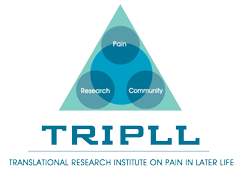Inappropriate Pain Medication Prescriptions among Older Adult ICU Survivors
allison2018-10-01T00:01:26-04:00A recent study published in the Journal of the American Geriatrics Society sought to determine “types of potentially inappropriate medications (PIMs) and actually inappropriate medications (AIMs), which PIMs are most likely to be considered AIMs, and risk factors for PIMs and AIMs at hospital discharge in elderly intensive care unit (ICU) survivors.” The authors found that “certain types of PIMs, which are commonly initiated in the ICU, are more frequently considered inappropriate upon clinical review,” and “efforts to reduce AIMs in elderly ICU survivors should target these specific classes of medications.” Full Story
